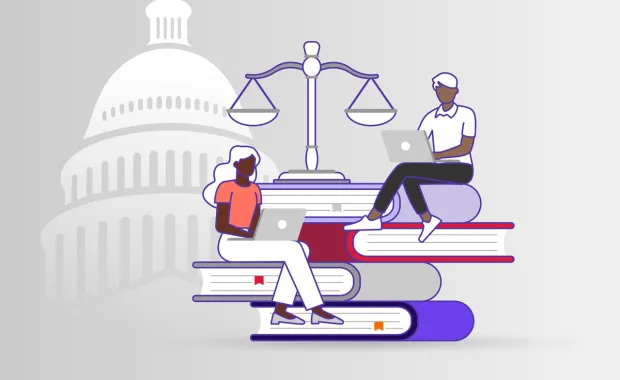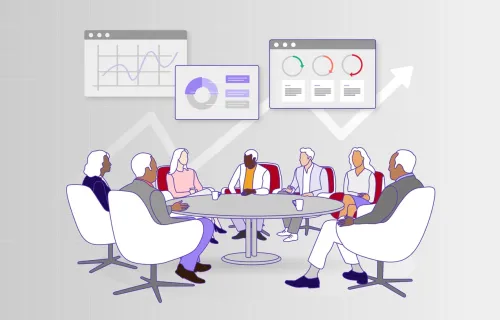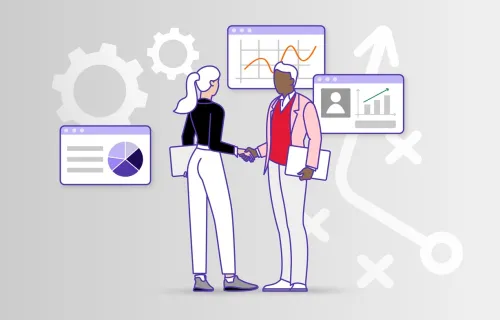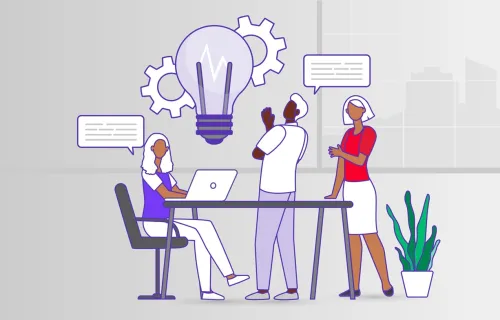John has over 30 years of software engineering experience and has been involved in a number of ambitious and challenging public sector transformation programs particularly in the Law Enforcement, Transport and Health domains.
As
CGI
Vice
President
leading
in
the
region
of
Queensland,
Matt
Muir’s
role
is
to
help
clients
shape
their
vision
and
roadmap
for
digital
transformation
and
connect
them
with
CGI
thought
leaders
and
enabling
solutions.
He
partners
with
...
Roberto leads CGI’s consultancy practice within Tasmania. He has over 25 years experience in the information technology industry primarily performing Program Management and Senior Business Analysis roles.
Christian
has
been
in
the
IT/Business
consulting
industry
for
17+
years,
working
in
the
private
and
public
sectors.
During
his
tenure
at
CGI,
he
has
led
numerous
high
impact
engagements
of
various
complexities
and
sizes.
To
date,
Christian
has
provided
...















